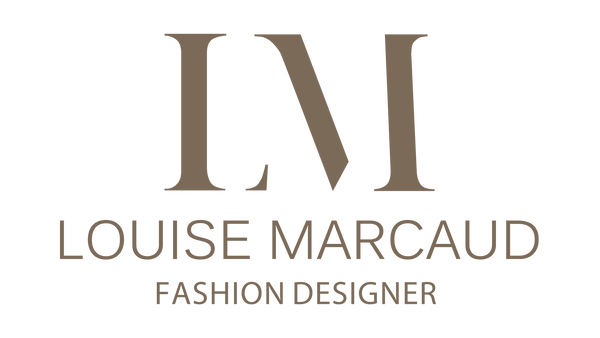Upcycling is becoming more and more common in the fashion industry. In this article we will talk about the impact of fashion on the environment. We will also see what is upcycling? What are the advantages ? And how I envision it through my creative process.
Up-cycling
The term refers to the action of recovering existing fabrics or clothing that are no longer used. The idea is to promote them, by manufacturing clothes of better quality than their original state.
Putting it into practice is a bit tedious... You must first find the right fabric, check its condition, then clean it. Then comes the whole process of creating and designing the new part from the old one.
This process is one of the potential responses to the existential crisis of luxury which, by dint of multiplying its brands and offering the same products in the four corners of the world, has ended up losing the originality which characterizes fashion.
An alarming report
The fashion industry is the second most polluting in the world. Fast fashion leads to increasingly massive manufacturing; over the last three years, clothing production has increased by 20%. A woman buys on average 30 kg of textile per year, less than a quarter is recycled. In fact, there are 160,000 tonnes of recycled clothing for around 700,000 tonnes of purchases. The equivalent of 442 million euros of clothing is thrown away each year. We still have progress to make in terms of recycling.
This whole way of consuming and wasting generates pollution of water and air with greenhouse gases and endangers the health of people who produce in increasingly precarious conditions.
Pioneering creators
Even before we were concerned about the health of our planet and we could imagine that the fashion industry could be responsible for environmental disasters, in 1990, Martin Margiela presented a collection made from franprix plastic bags . Subsequently, it will even launch a completely recycled “line 0”.



Me and recycling
When I was 6 or 7 years old, I spent entire afternoons in my grandmother's attic rummaging through my aunts' old clothes. Then I cut them out, painted them or sewed them into clothes that I liked.
Later, during my fashion studies, I used a lot of second-hand fabrics and clothes. I liked it and I especially saw a financial side. In 2012, ecology was not at the center of our concerns and using second-hand materials for ecological reasons was not really acceptable. So I had a much more poetic argument, where each recycled piece told a story to be kept alive through a new creation.
In one of my study projects to translate the idea of an exoskeleton, of protecting oneself while revealing oneself, I used my old painting coat (which I used during my studies in applied art and which was none other than an old work shirt from my father).

For my end-of-studies collection, I recreated a material made entirely from an assembly of scraps of fabric that I had carefully collected and kept throughout my studies to symbolize the different stages of life that build our personality.




